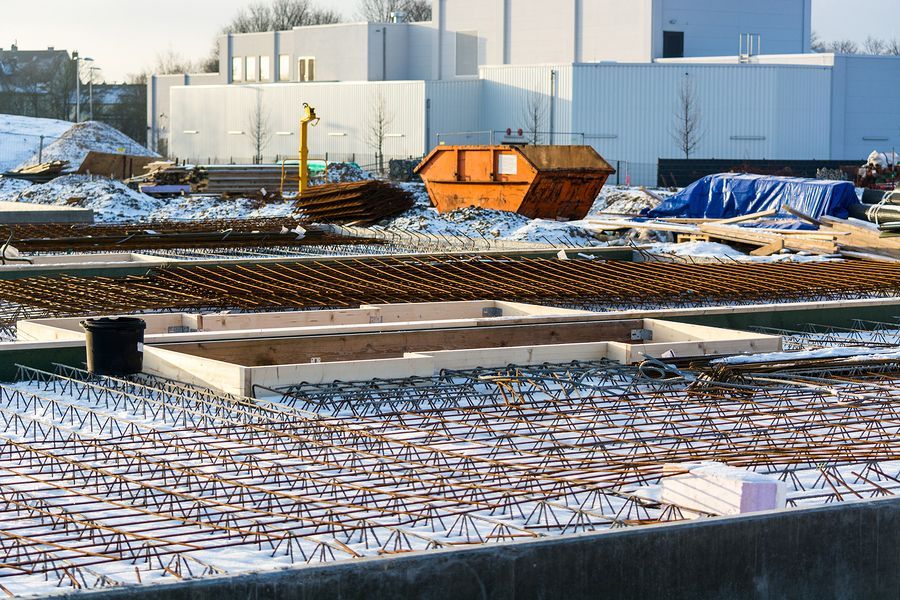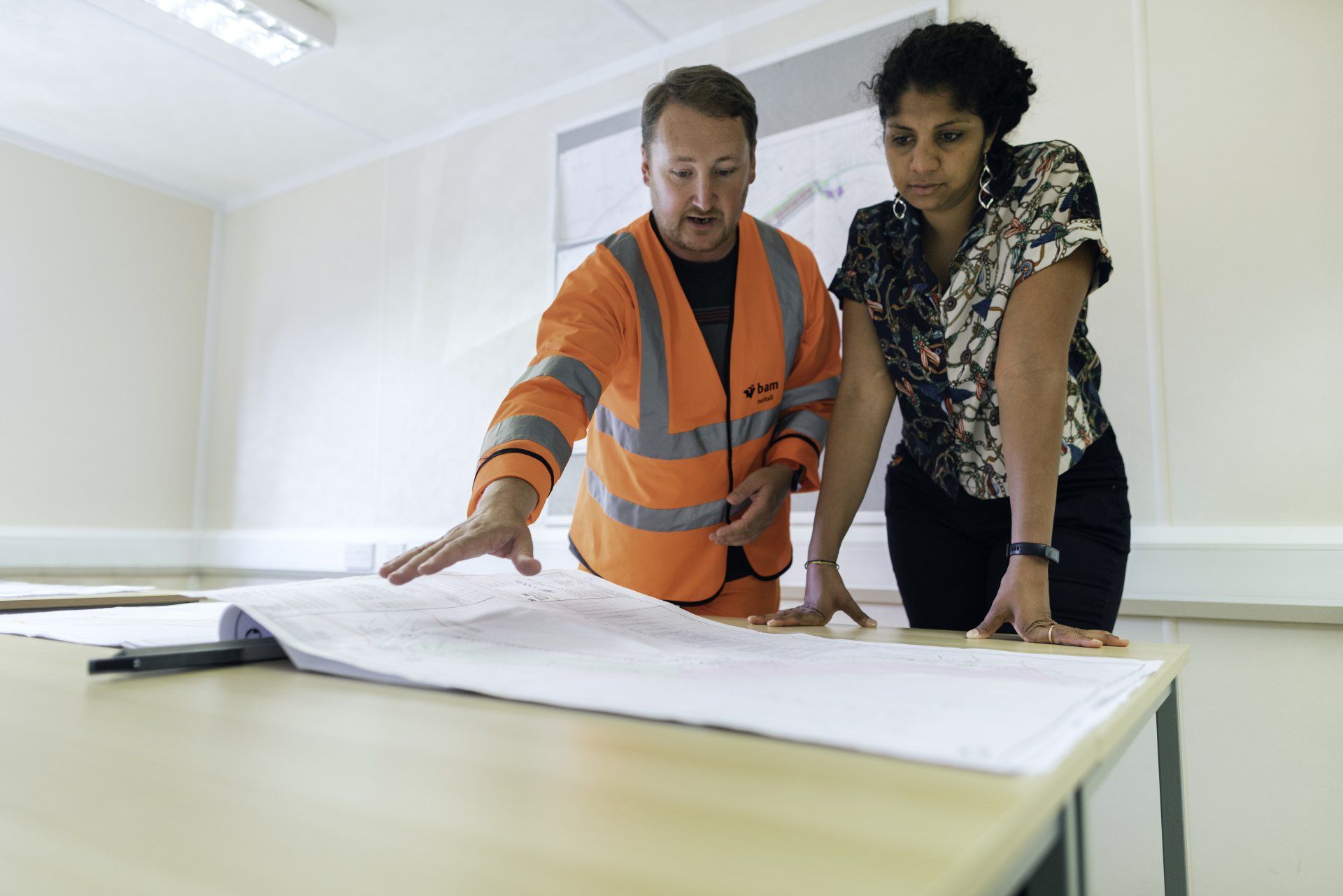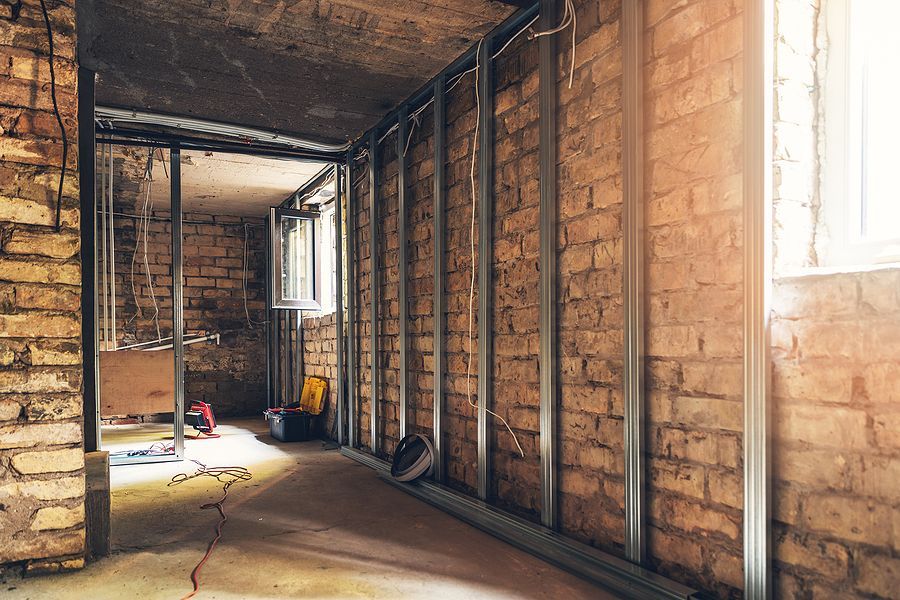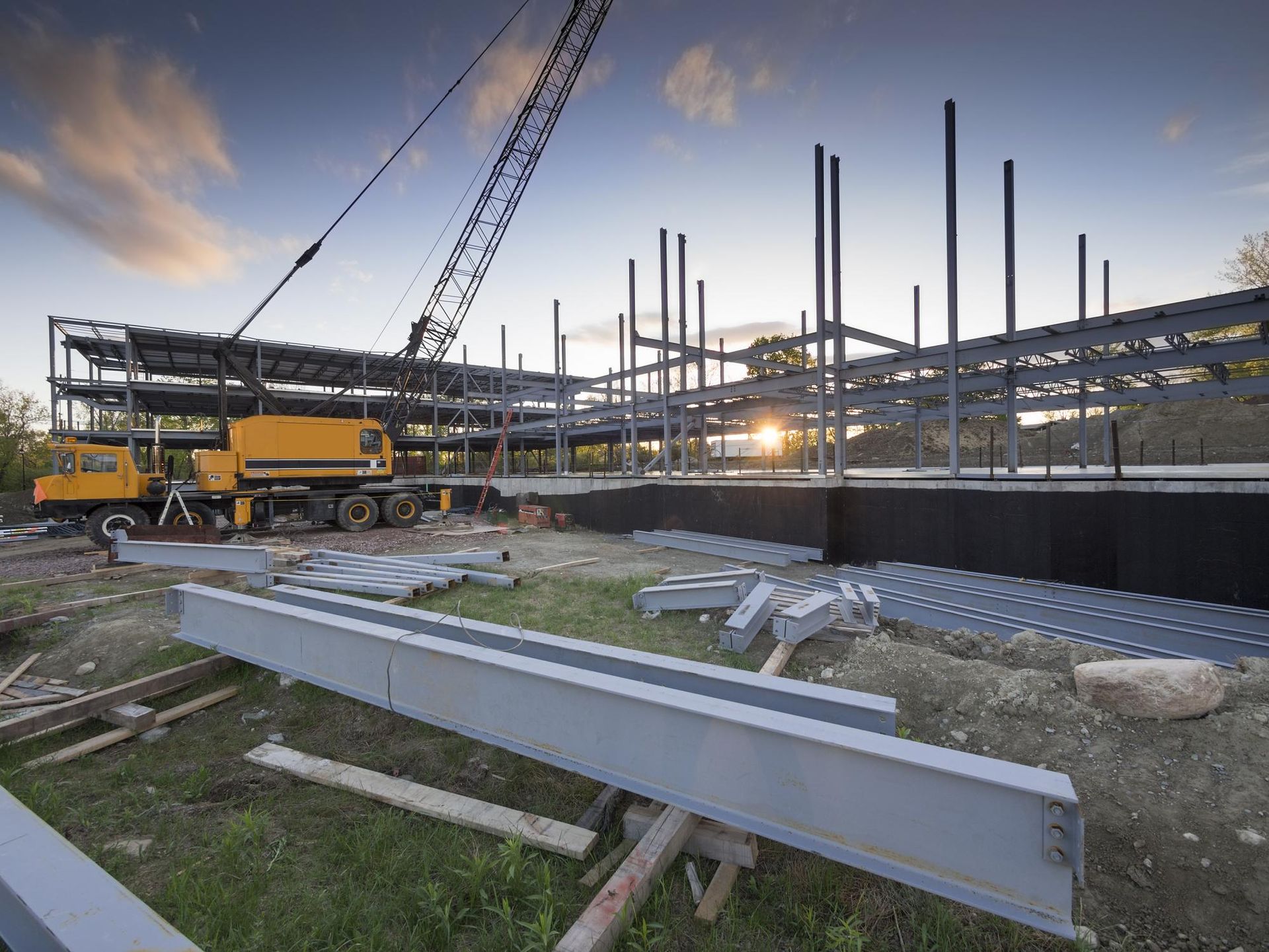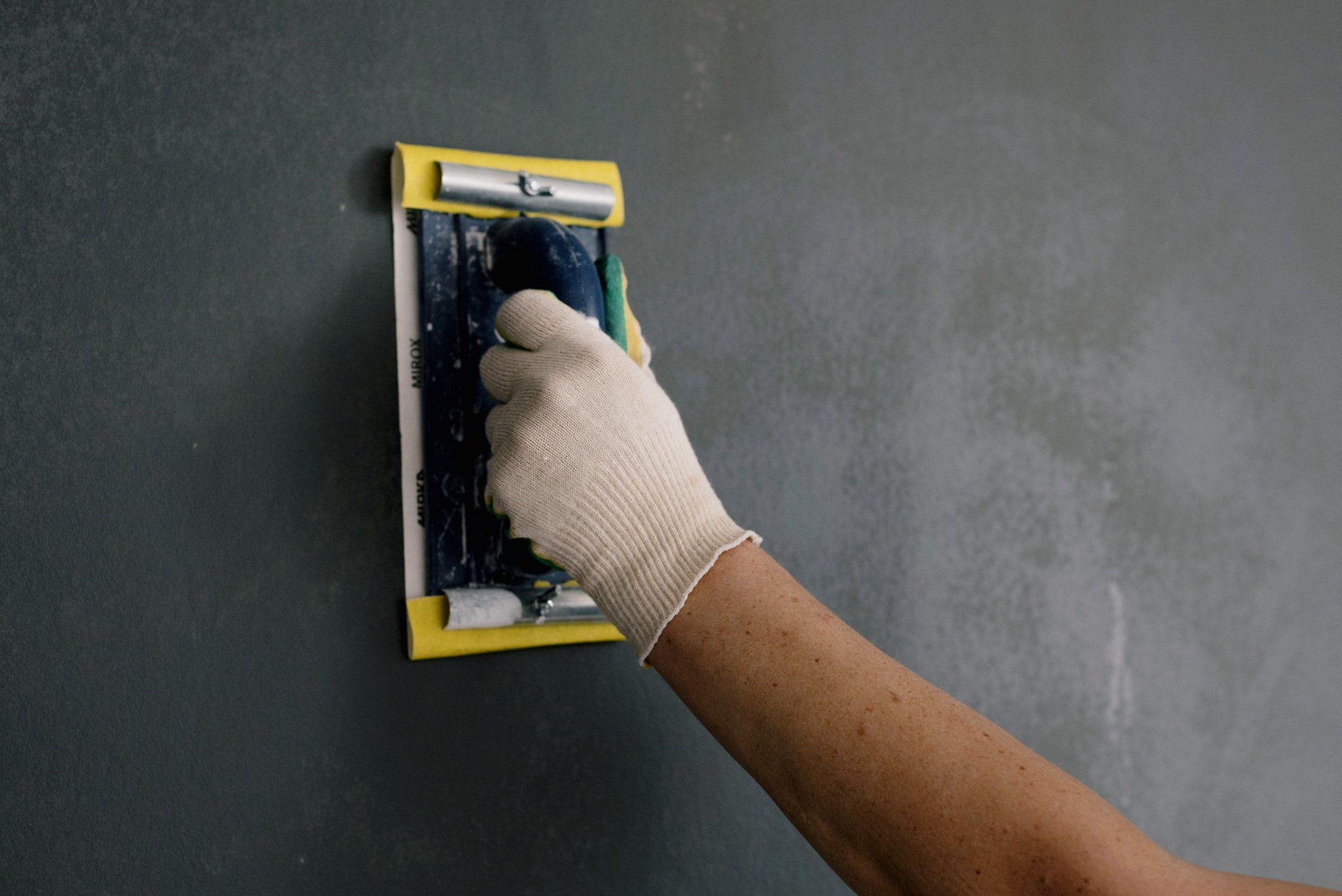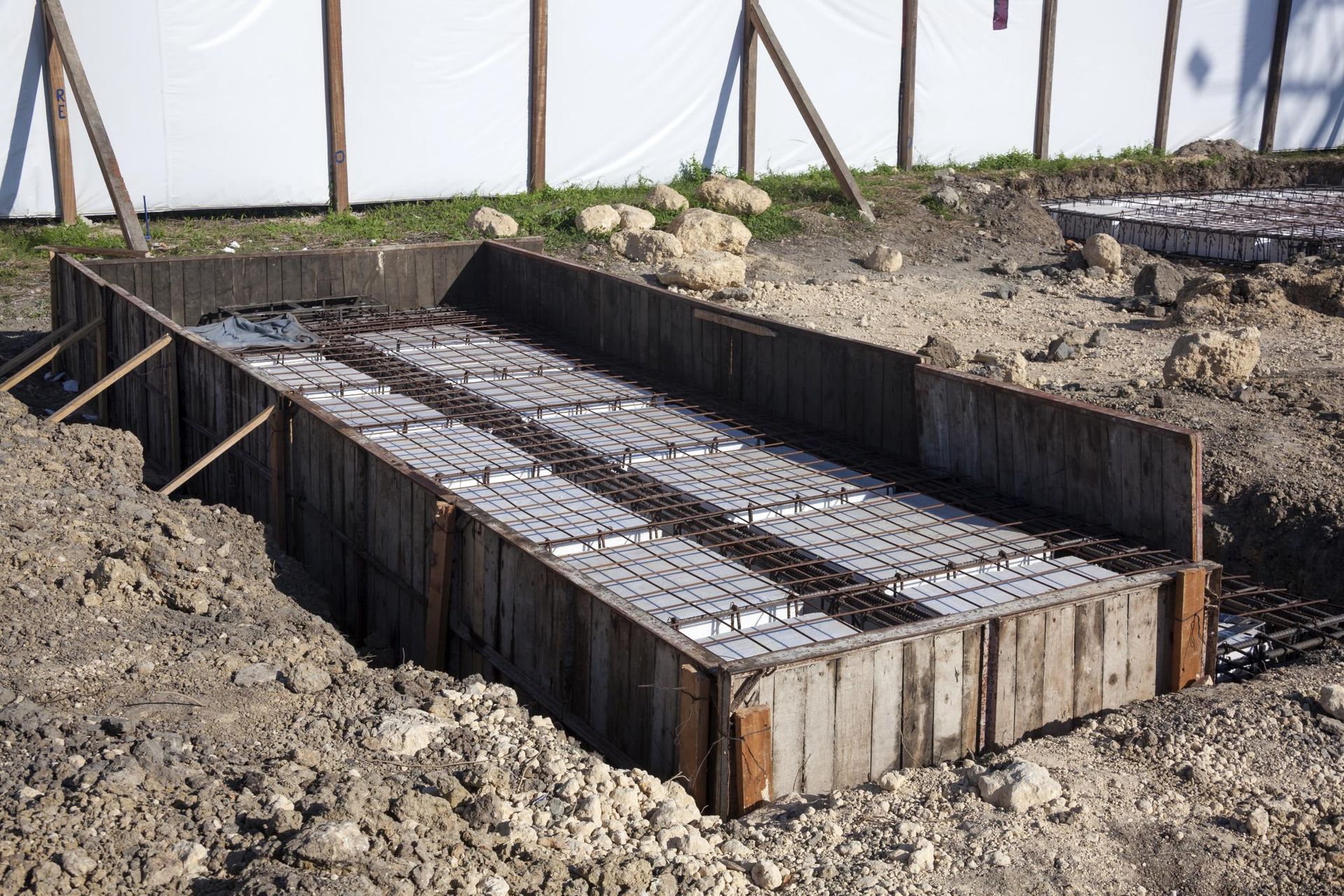Crawl Space Repair Myths Debunked: What Really Works
Uncover the Truth Behind Crawl Space Restoration and Effective Solutions
Crawl space repair is a critical aspect of home maintenance that is often shrouded in myths and misconceptions. Homeowners may find themselves navigating through a sea of advice, not knowing what truly works. This comprehensive guide aims to debunk common myths surrounding crawl space repair, providing you with accurate information and practical solutions. By understanding the truth behind crawl space issues, you can ensure the health and stability of your home's foundation.
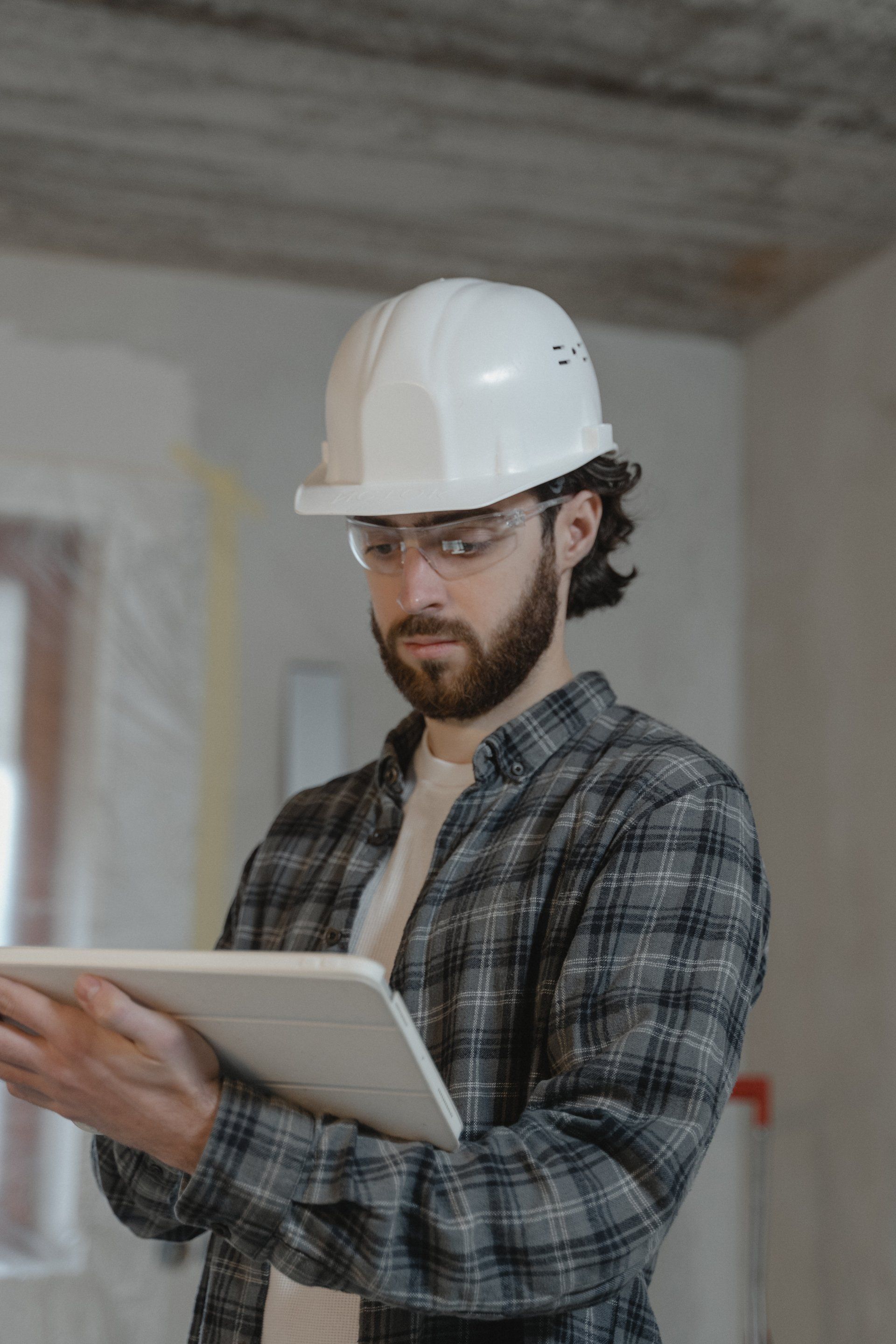
The Myths of Crawl Space Ventilation
Myth 1: More Ventilation is Always Better
Many homeowners believe that increasing ventilation in the crawl space is the key to preventing moisture issues. However, this is not always the case. Excessive ventilation can actually introduce more moist air into the space, especially in humid climates, exacerbating moisture problems. The truth is, effective crawl space repair involves creating a balance. Solutions like encapsulation, which seals the crawl space from outside air, can be more effective in controlling humidity levels.
Myth 2: Vents Prevent Mold Growth
Another common myth is that crawl space vents prevent mold growth by allowing air circulation. While ventilation does help in reducing moisture to some degree, it does not necessarily prevent mold if the air entering is humid. Mold thrives in moist environments, and the key to preventing mold is to control humidity levels, not just increase ventilation.
Waterproofing Misconceptions
Myth 3: Internal Waterproofing is Sufficient
Internal waterproofing methods, such as sump pumps and interior drainage systems, are essential components of crawl space repair. However, relying solely on these methods without addressing external sources of water can lead to recurring issues. Effective crawl space waterproofing involves a combination of internal and external solutions, including proper grading, downspout extensions, and exterior waterproofing membranes.
Myth 4: DIY Solutions are Just as Effective
While DIY solutions may seem cost-effective, crawl space repair often requires professional assessment and intervention. Misguided attempts can lead to inadequate solutions or even exacerbate the problem.
Professionals can provide a comprehensive approach, ensuring that all aspects of crawl space repair, from moisture control to structural integrity, are adequately addressed.
Insulation and Energy Efficiency
Myth 5: Insulation is Not Necessary After Encapsulation
Some homeowners believe that once their crawl space is encapsulated, additional insulation is unnecessary. However, insulation plays a crucial role in energy efficiency and maintaining a consistent temperature within the crawl space. Proper insulation, combined with encapsulation, can significantly improve the overall energy efficiency of your home.
Myth 6: All Insulation Materials are the Same
Choosing the right insulation material is crucial for effective crawl space repair. Not all insulation materials are suitable for crawl space environments. For instance, fiberglass insulation can absorb moisture and lead to mold growth, whereas rigid foam insulation is moisture-resistant and a better choice for crawl spaces.
Structural Repair Myths
Myth 7: Minor Cracks are Not a Concern
Homeowners often overlook minor cracks in the crawl space, believing they are not a cause for concern. However, even small cracks can indicate underlying structural issues or become entry points for moisture and pests. It's important to address any signs of
damage early to prevent more significant problems.
Myth 8: Crawl Space Repair is Always Expensive
The cost of crawl space repair can vary widely depending on the extent of the issues and the solutions required. While some repairs may be costly, early detection and intervention can prevent more severe damage and reduce overall expenses. Additionally, investing in crawl space repair can enhance the value and safety of your home.
Conclusion: Embracing Effective Solutions
Crawl space repair is surrounded by myths that can lead homeowners astray. Understanding the truth behind these misconceptions is crucial for taking the right steps toward a healthy and stable home foundation. By debunking these myths, we've highlighted the importance of balanced ventilation, comprehensive waterproofing, appropriate insulation, and professional intervention in crawl space repair.
Remember, the key to effective crawl space repair lies in addressing both the symptoms and the underlying causes of issues. With accurate information and a proactive approach, you can ensure the longevity and health of your home's crawl space.

